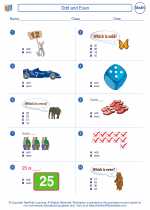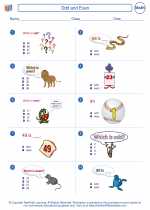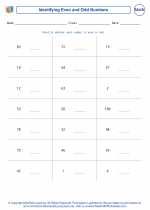What are Decimals?
Decimals are a way of expressing parts of a whole. They are used to represent numbers that are not whole numbers, such as fractions or parts of a whole unit. Decimals are based on the powers of 10 and are written using a decimal point.
Decimal Notation
Decimals are written using a decimal point to separate the whole number part from the fractional part. For example, the number 3.5 consists of the whole number 3 and the fraction 0.5. The decimal point separates the two parts.
Place Value of Decimals
Each digit in a decimal number has a specific place value based on powers of 10. The digits to the left of the decimal point represent whole numbers, while the digits to the right of the decimal point represent fractions or parts of a whole. The place values to the right of the decimal point are powers of 10 with negative exponents, such as tenths, hundredths, thousandths, and so on.
Comparing and Ordering Decimals
When comparing decimal numbers, you can look at the digits to the left of the decimal point first. If they are the same, you can then compare the digits to the right of the decimal point. When ordering decimals, you can line up the decimal points and compare the digits from left to right.
Operations with Decimals
Decimals can be added, subtracted, multiplied, and divided just like whole numbers. When performing these operations, it's important to line up the decimal points to ensure the correct placement of the decimal point in the result.
Rounding Decimals
Rounding decimals involves identifying the place value to which you want to round and then looking at the digit to the right of that place value. If the digit is 5 or greater, you round up; if it is less than 5, you round down.
Converting Decimals
Decimals can be converted to fractions or percentages. To convert a decimal to a fraction, you can use the place value of the decimal to create the equivalent fraction. To convert a decimal to a percentage, you can multiply the decimal by 100.
[Decimals] Related Worksheets and Study Guides:
.◂Math Worksheets and Study Guides First Grade. Odd and Even

 Worksheet/Answer key
Worksheet/Answer key
 Worksheet/Answer key
Worksheet/Answer key
 Worksheet/Answer key
Worksheet/Answer key
 Worksheet/Answer key
Worksheet/Answer key
